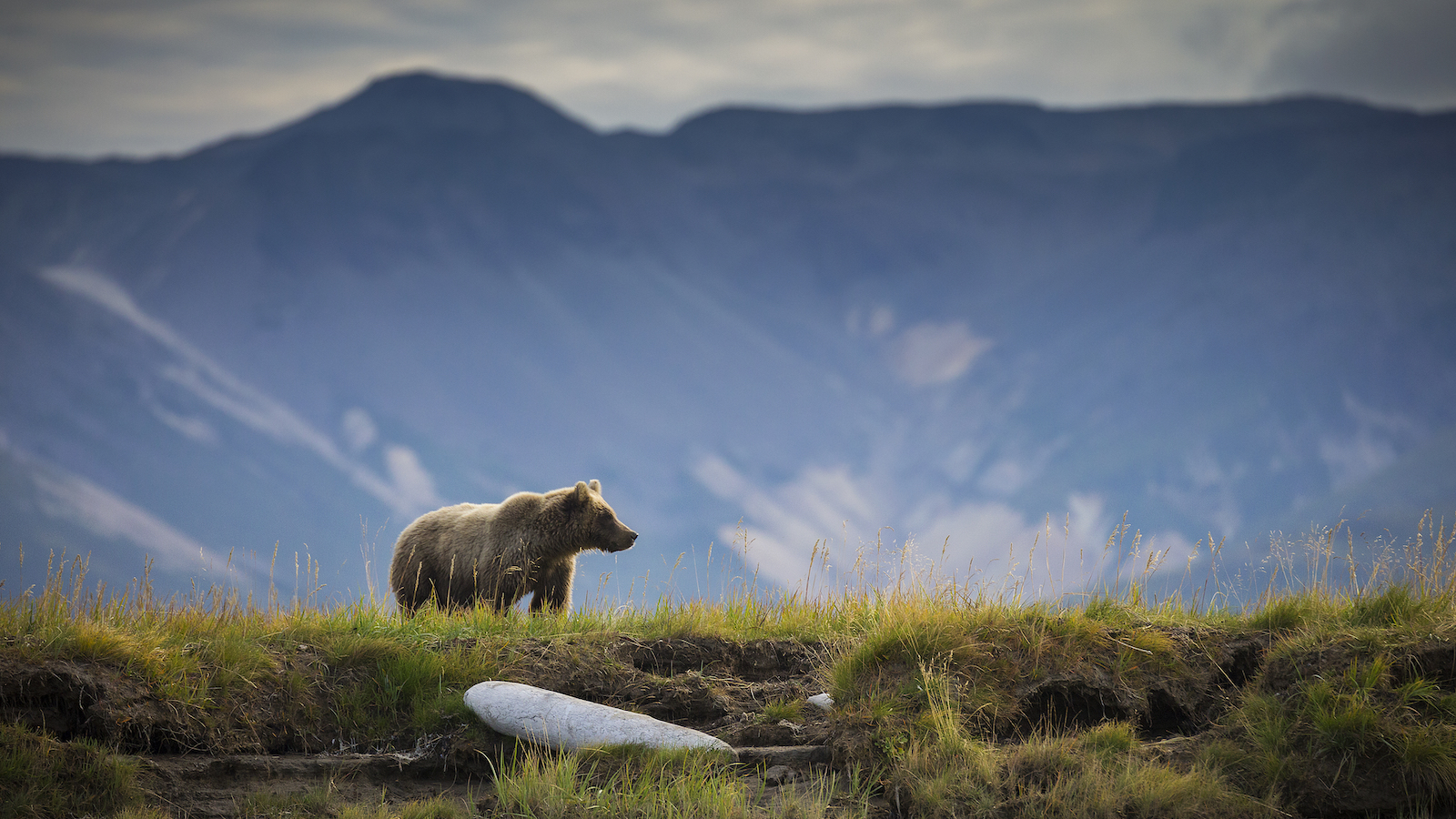
Urge Congress to support recovering America’s wildlife
The biggest wildlife conservation bill since the Endangered Species Act would invest in helping America’s wildlife recover.
SEND A MESSAGE
The U.S. Senate is considering the biggest piece of wildlife conservation legislation since the Endangered Species Act of 1973.
The Recovering America’s Wildlife Act would invest $1.4 billion every year to restore at-risk species across the country, and not a moment too soon. One-third of our nation’s plants and animals are threatened with extinction.
America’s wildlife cannot wait.
States have identified more than 12,000 species, from the Florida panther to the monarch butterfly, that need protections. Habitat destruction, pollution, disease and more are threatening their survival.
The Recovering America’s Wildlife Act would help protect species in every single state, including our most precious pollinators.
The investment from this bill would help on-the-ground efforts such as restoring habitat, reintroducing native species, and tackling invasive species. And it would help repopulation efforts for species that are vulnerable, some of them close to extinction.
We need to ensure the Recovering America’s Wildlife Act comes to a vote this legislative session, and time is running out.
The U.S. Senate is considering the Recovering America’s Wildlife Act, and we need to ensure it votes to pass this important legislation.
Will you take action to help save endangered species?
Steve directs Environment America’s efforts to protect our public lands and waters and the species that depend on them. He led our successful campaign to win full and permanent funding for our nation’s best conservation and recreation program, the Land and Water Conservation Fund. He previously oversaw U.S. PIRG’s public health campaigns. Steve lives in Sacramento, California, with his family, where he enjoys biking and exploring Northern California.
